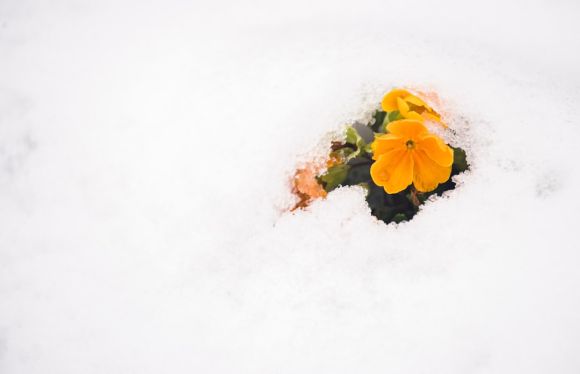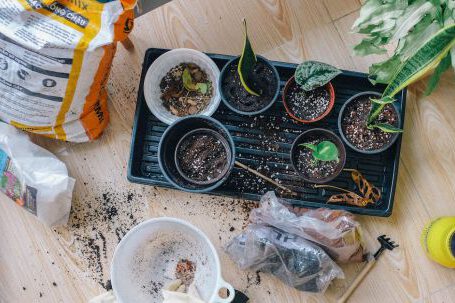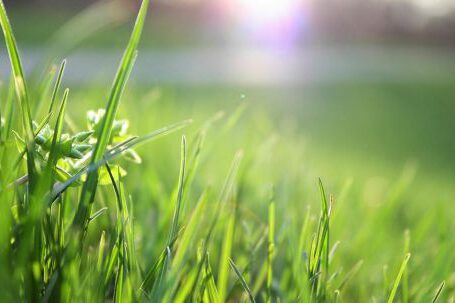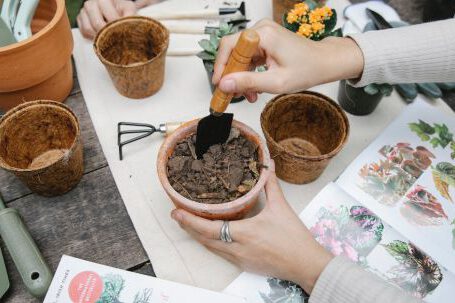Having a garden that bursts with color throughout the year can bring joy and beauty to any outdoor space. However, achieving year-round color requires careful planning and consideration. In this article, we will explore various strategies and techniques that can help you create a garden that remains vibrant and colorful no matter the season.
1. Choose a Diverse Range of Plants
One of the keys to achieving year-round color in your garden is selecting a diverse range of plants. Consider including plants that bloom at different times of the year, ensuring that there is always something in bloom. Additionally, choose plants with foliage that provides color and interest even when they are not blooming.
2. Incorporate Evergreen Plants
Evergreen plants are an excellent addition to any garden as they retain their leaves throughout the year, providing a constant source of color. Look for evergreen shrubs and trees that offer interesting foliage, such as variegated leaves or unique textures. These plants will add visual interest to your garden even during the winter months.
3. Plan for Seasonal Blooms
To achieve year-round color, it is essential to plan for seasonal blooms. Research the blooming periods of different plants and strategically place them in your garden to ensure a continuous display of flowers. For example, plant bulbs such as daffodils and tulips for spring blooms, and select perennials and annuals that bloom during the summer and fall.
4. Consider Foliage Color
While flowers are often the first thing that comes to mind when thinking about color in the garden, foliage can also play a significant role. Look for plants with leaves in various shades of green, as well as those with colorful foliage such as reds, purples, and yellows. Utilizing foliage color can add depth and interest to your garden even when flowers are not in bloom.
5. Incorporate Ornamental Grasses
Ornamental grasses are a fantastic addition to any garden as they provide movement and texture. Choose grasses that change colors throughout the seasons, such as red or bronze in the fall. These grasses will add visual interest and create a dynamic element in your garden.
6. Use Containers and Hanging Baskets
Containers and hanging baskets are a great way to add bursts of color to your garden, especially during the colder months. Plant winter-flowering annuals such as pansies, violas, and primroses in containers and place them strategically throughout your garden. Hanging baskets can be filled with trailing plants that provide color and texture.
7. Plant for Winter Interest
Don’t neglect your garden during the winter months. There are many plants that can add interest and color, even in the coldest season. Consider planting winter-blooming shrubs such as witch hazel or winter jasmine. Additionally, select trees or shrubs with interesting bark or berries that will provide visual interest during the winter months.
In conclusion, achieving year-round color in your garden requires careful planning and consideration. By selecting a diverse range of plants, incorporating evergreens, planning for seasonal blooms, considering foliage color, incorporating ornamental grasses, using containers and hanging baskets, and planting for winter interest, you can create a garden that remains vibrant and colorful throughout the year. With these strategies and techniques, you can enjoy a garden that brings joy and beauty no matter the season.





